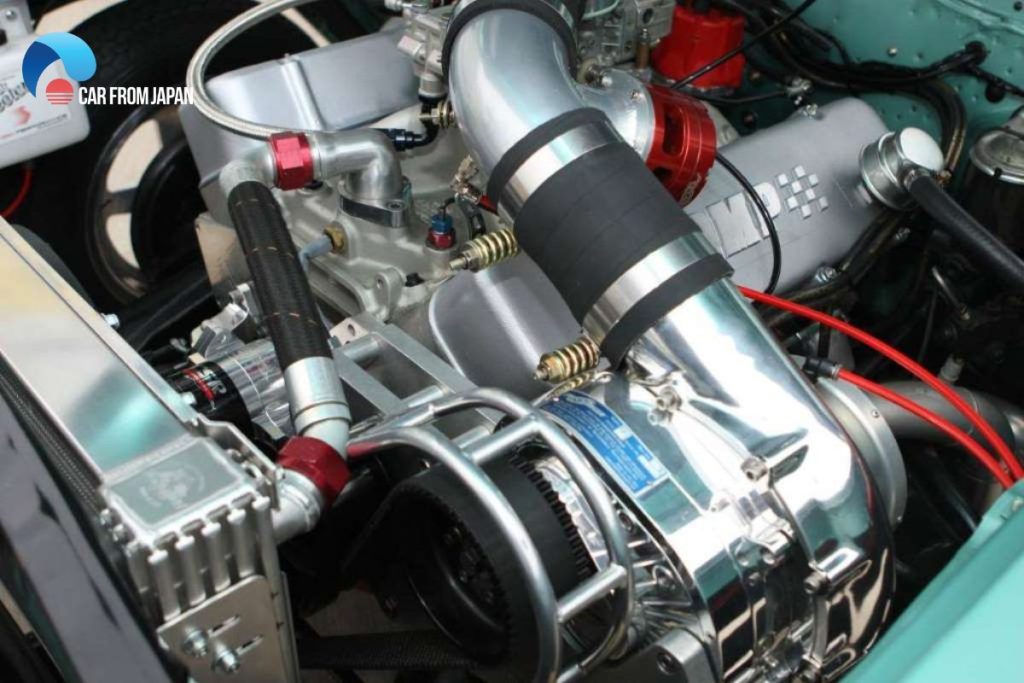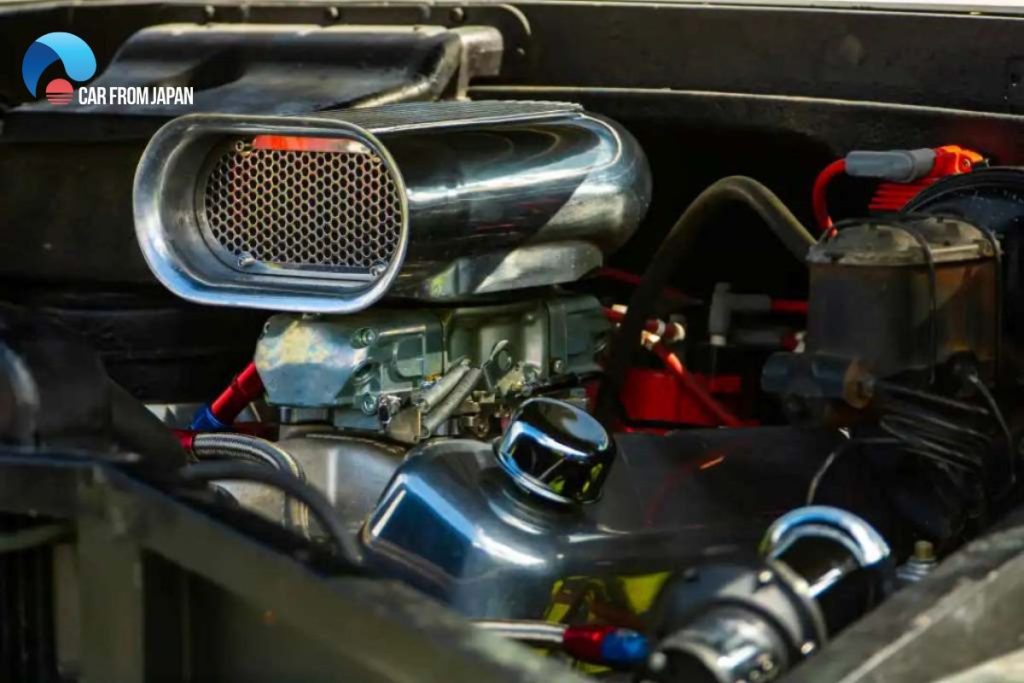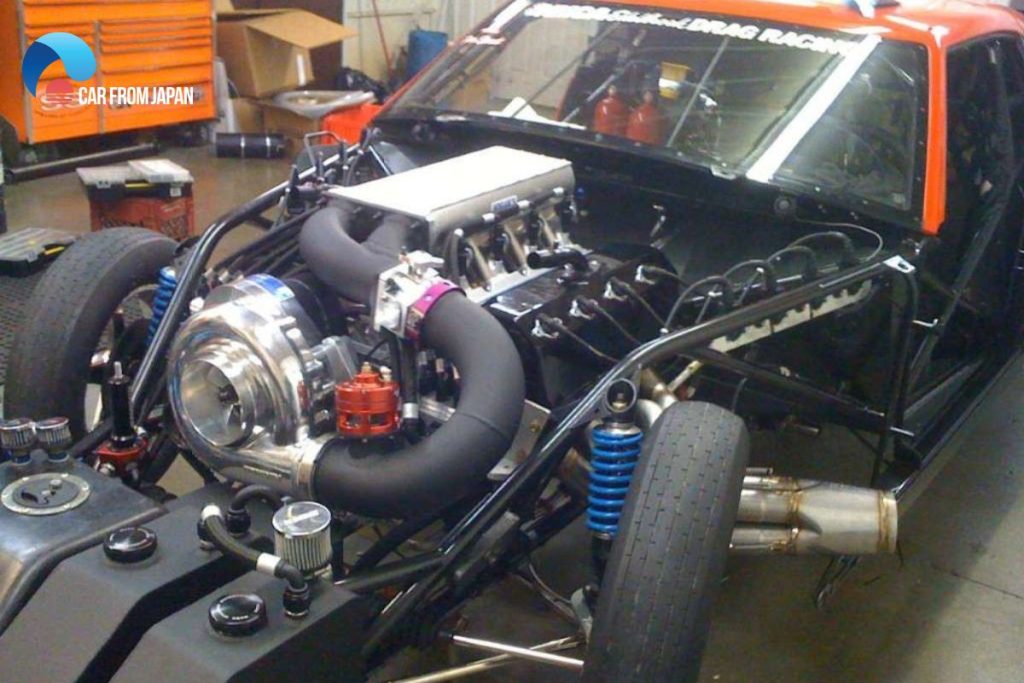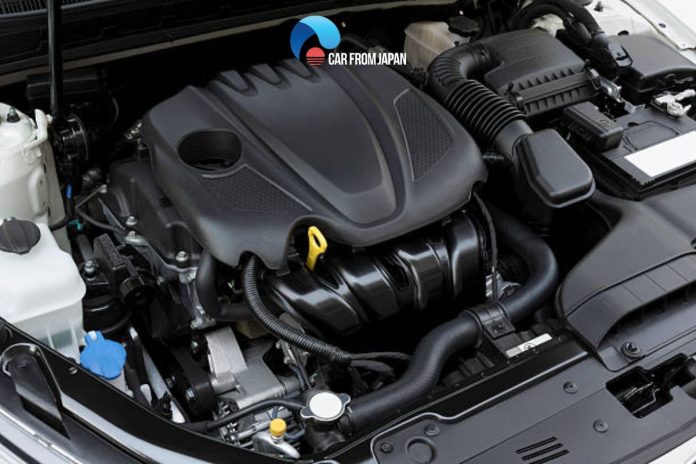So, you’ve decided your car needs more power. When you start looking at ways to make that happen, you’ll quickly run into two major names: Procharger and supercharger. They both promise a huge boost in horsepower, but they go about it in very different ways.
If you’re wondering which one is right for you, you’ve come to the right place. Let’s break down the real-world differences between procharger vs supercharger:
Contents
What is a Procharger?
Prochargers are essentially highly powerful, precise, brand-name centrifugal superchargers that add a significant amount of power to your vehicle. They operate differently than standard superchargers and are far more efficient.
Prochargers employ a fast-moving impeller to suck air in to be compressed instead of a rotor. The air enters the impeller’s center and is projected outward by intense centrifugal pressure.
The air is then turned to high pressure by a diffuser encircling the impeller. Furthermore, prochargers are directly connected to the engine. Because it is small, most cars do not require any more changes.
Prochargers, compared to superchargers, will not produce an excessive amount of power. Nonetheless, the unusual design raises the price.
Furthermore, prochargers can be much louder than standard superchargers, even producing a whining noise as the engine revs, causing irritation and annoyance for some.
Pros
- Constantly delivered pure and dependable power enhancements.
- Lightweight and readily integrated to the engine’s front rather than the top.
Cons
- When the engine is ramped up, it makes a harsh, audible whining noise.

What is the Supercharger?
As the car’s engine spins, so does the supercharger. As your engine rotates, the supercharger forces additional air into it. The amount of extra power gained by your engine is determined by the diameter of the pulley fitted.
Remember that a small pulley will revolve faster, creating more energy. The engine of your vehicle will receive a boost.
Superchargers are a very affordable way to increase the power of your vehicle. There are several types of centrifugal superchargers, each with its own set of benefits and drawbacks.
They are versatile, and numerous designs are available, so practically every vehicle may have one. However, due to their size, they commonly require hood modification.
Pros
- Only slight steps on the pedal already make you feel the energy boosted.
- A wide range of options is available
Cons
- Large and quite heavy
- Depending on the one you pick, it may transform the nature of your automobile.
- Continuous bursts of air without clear warnings
There are 2 basic types of superchargers you may want to take a closer look at.
Roots Supercharger
The first type of boosted supercharger is the roots type. In detail, to move air from one side to the other, superchargers employ rotating meshing lobes.
As more air enters, it builds up inside the intake manifolds, creating positive pressure. They stand out because they protrude from the hood and sit on top of the engine.
You’ve probably seen classic photographs of muscle vehicles exploding from the hood. They are big and unable to provide air in a steady stream, making them less practical than subsequent models.

Twin-Screw Supercharger
The twin-screw supercharger is more effective. A system of meshing lobes drags air through worm-like gears and traps it in pockets. A twin-screw rotor’s lobes feature a conical tapering that compresses the air, pushing it into a smaller space as it goes from one side to the other.
Some twin-screw superchargers, but not all, are mounted on top of the engine, similar to a root supercharger. Roots are far less effective than twin screws. Consequently, the price will be greater. Twin-screw superchargers are also very loud; thus, some type of noise control device will be required.
What’s The Difference Between a Procharger and a Supercharger?
Both the supercharger vs procharger work in the same way; they increase the horsepower and efficiency of your vehicle. Each of them increases the amount of compressed air that reaches the engine, pushing it to burn more gasoline.
Performance
You want to increase the power of your engine, whether you are utilizing a supercharger or a procharger. So, which one is best for you?
Both of these will bring some benefits, but in different ways. That is why it is critical to identify your performance objectives before proceeding. A supercharger may be able to extract more power from the engine than a procharger.
However, the power will arrive in spurts rather than continuously. The degree of lag is scarcely visible to some people and significantly less than that found with a turbocharger, which is why these are more expensive than ordinary turbos.
Prochargers are noted for producing a more consistent stream of power than superchargers. Though you won’t have to wait long, you may not get all you want from a Procharger, especially if you want the full benefit.
However, unlike a supercharger, most prochargers do not need major changes to the vehicle. This is another factor to consider while determining what is significant.

Maintenance
Superchargers put some strain on the engine. As a result, you must keep a closer eye on oil levels than you would with a regular engine. You may also need to improve the quality of the gasoline you use.
You may help the engine last longer by switching to premium gasoline. However, not all vehicles should utilize premium gasoline, so do your homework before making any adjustments.
You should also maintain a tight check on the automatic transmission. You should be able to mitigate any increased stress imposed by the supercharger with maintenance and upkeep.
Furthermore, both supercharger vs procharger have a driving belt. To guarantee effective operation, this requires frequent maintenance. The majority of drive belts should be replaced after 45,000 to 80,000 miles.
Installed Cost
Increasing the strength of your automobile is exciting, but it goes at an extra cost. In exchange, the car’s value will rise, but not sufficiently to justify your investment. If you are on a low budget, you must be cautious about the choice you select.
A turbocharger is the most cost-effective alternative in most circumstances, but we are focusing on procharger vs supercharger difference here. You may get anything for $2,500 or less, but be cautious about its level of quality.
The cost is directly proportional to the level of power and durability you will receive. That is why either a supercharger or a procharger will give you what you paid for.
If you want a long-lasting and dependable quantity of power from either, invest a little more than the basic choice. With a conventional roots supercharger, you might be able to obtain a nice enough one for $2,500 to $3,000.
You are unwilling to buy a supercharger if you can’t use it to its full potential. It is unlawful in certain areas to utilize a supercharger to its full potential.
If this is the case, you should spend a bit extra money on a procharger. Otherwise, you may wind up paying more money on penalties and traffic citations issued by authorities.
While the procharger may cost you more initially, several economic benefits will mount up over time. For example, the procharger consumes less gasoline than typical superchargers. If you’re concerned about fuel efficiency, this is a better option.
The procharger also reduces engine stress. While keeping eye on regular maintenance, you may not encounter as many issues as you did with the supercharger.
You can spend less for a supercharger up front, but it will cost you more in the long run. However, if you can pay more up front, you will save money in the long run with a procharger.
If waiting a little longer will bring you a better device, go ahead and postpone the purchase.
FAQs On Procharger vs Supercharger
Which is superior, a supercharger or a procharger?
Prochargers are simple centrifugal-type superchargers that generate positive displacement; a supercharger generates negative displacement.
Although centrifugal superchargers are smaller and more effective, positive-displacement superchargers perform better at lower speeds or rpm.
How much additional horsepower does a ProCharger provide?
Depending on the boost pressure condition, boost rates of 14-17 psi can be safely run with complete synchronization on pump gas for an intercooled Procharger system with compression ratios slightly around 9.5:1.
Can you run a Procharger daily?
On high-horsepower daily car builds, Prochargers are widespread. Centrifugal units do not generate as much heat as classic roots-style applications, resulting in less wear.
Furthermore, a centrifugal supercharger might offer acceptable horsepower levels without resulting in a problematic commuter car that loses grip at the slightest throttle application.
What are the advantages of a centrifugal supercharger?
If you’re on a tight budget, a centrifugal supercharger might be one of your finest solutions. A centrifugal application, for example, is less expensive than a classic roots-style system.
Builders can also put the self-contained unit to the left or right of the engine, requiring no changes to the hood.
ProCharger suggests using 91 or 93-octane fuel with its system for optimal results.
Check out this video from Fitment Industries to see if a supercharger or a procharger is better for daily driving!
Conclusion
When there are so many various options to boost your car’s performance with a Procharger or a Supercharger available, choosing an aftermarket performance modification might be challenging.
Before deciding whether to choose a procharger vs supercharger for our car, consider all of the aspects. It’s thrilling to consider doing anything like this to your automobile, and realizing your vehicle’s full potential may be exhilarating.
However, you should also consider the long-term costs and increased frequency of engine oil changes and maintenance that these upgrades entail.



